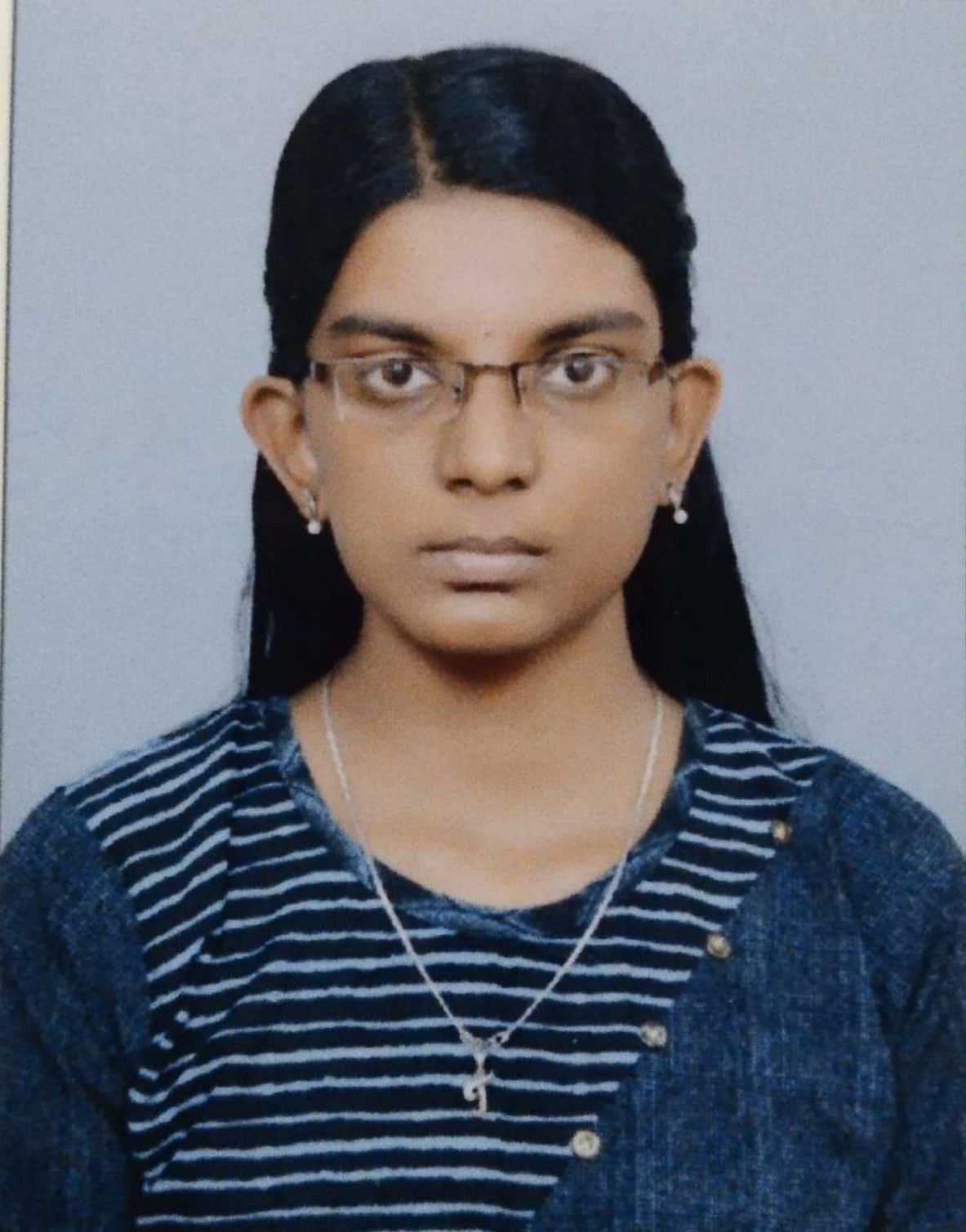Palm vein recognition is the most reliable form of biometric authentication technology, which works on the basis of unique vein patterns on people’s palms. This method is highly accurate because the pattern of veins is unique to each individual.
How does it work?
Similar to other biometric technologies, it processes the data from the captured image of the target and compares it to the already stored record of that individual. It uses infrared rays to identify and map the unique vein structure of a person’s palm to capture over 5 million data points and converts these data points into a unique encrypted code using a scanner to produce an exclusive biometric ID for each individual.
Who Developed Palm Vein Recognition Technology?
The idea of vein pattern recognition was put forward by Joe Rice, automation controls engineer at Kodak’s Annesley factory in the 1980s. However, it failed to become a far-reaching technology at first. Palm vein scanners are introduced as commercial products only in the late 1990s. Their execution in various areas started in the 2000’s.
Why Palm Vein Recognition Technology?
Palm vein recognition has more advantages than other technologies:
- Unlike fingerprints or any other biometrics, a person’s vein pattern is internal and not exposed which gives it more advantages.
- Our palm has a larger surface area than our fingers and iris, hence it is possible to capture a large number of data points.
- It can capture over 5 million data points which result in great accuracy.
- This method has the lowest False Acceptance Rate (FAR) and False Rejection Rate (FRR) compared to other methods.
- Because of these features, it is nearly unfeasible for unauthorized users to access.
- Its contactless feature gives it more hygienic advantages over other technologies. Hence it can be used in hospitals and food manufacturing facilities.
Where It Can Be Used?
Palm vein technology is useful in many fields:
- Payment Identification
- Access control
- Ticketing
- Time and Attendance.
Know the concept of palm vein technology and its process. I’m proud of the knowledge and exposure gained from the Top Biomedical Engineering College in Coimbatore and happy that I can able to write and explore more about the innovations of current technology
Blog by,
Jai Sujitha MS (21BEBME019)
Department of Biomedical Engineering



